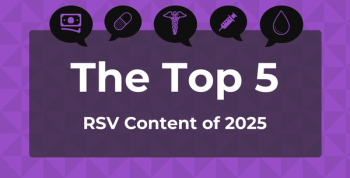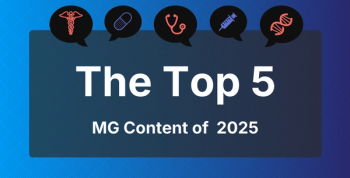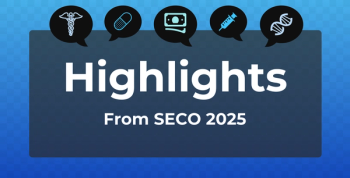
How Public Insurance Creates Barriers for Childhood Cancer Survivors
In a recent study, it was found that individuals with public health insurance had worse health competence beliefs, reducing transition goals, expectations, and beliefs.
A
Childhood cancer survivors with public health insurance will face more barriers to transferring to adult-oriented care, according to a recent study.
Adolescents and young adults (AYAs) face an increased risk for late effects of childhood cancer after surviving the disease, such as cerebrovascular accidents, congestive heart failure, and cognitive deficits. This has led to recommended follow-up care annually to treat effects and risk of effects.
Care for childhood cancer survivors is provided by subspecialists such as pediatric oncologists, eventually shifting to adult cancer centers or primary care. However, this transition is only seen in one-third of survivors, and less than 20% of survivors receive adult-oriented care, which includes education on managing the risk of follow-up effects.
The follow-up effects in childhood cancer survivors are also impacted by health disparities caused by socioeconomic factors, race, and age. This affects the quality of long-term treatment. Investigators sought to analyze how these factors impact goals, expectations, and beliefs for transition.
To evaluate the association between sociodemographic factors and expectations for transition into adult-oriented care, investigators conducted a longitudinal randomized controlled trial. Pediatric patients were recruited into the study, completed baseline measures, and received care at a pediatric center.
Patients were included if they were aged 15 to 29 years, had received cancer treatment at a pediatric cancer center, were in remission at the time, had the cognitive ability to complete the study procedures, and were receiving follow-up care at a pediatric care center.
Liquid cancer diagnoses had been given to 54% of patients, solid tissue diagnoses to 37.4%, and brain tumor diagnoses to 8.7%. Patients were aged an average of about 10 years when diagnosed, and time off treatment for AYAs was an average of 8.17 years.
About 7.7% of patients’ primary insurance was public insurance, and 9 users of private insurance had received it through school or work. For work status, 33% of participants worked part time, 10.3% full time, 7.2% were part-time students, and 75.2% were full-time students.
AYAs lived with caregivers 86% of the time, while 1.5% lived alone, and the rest lived with a roommate or friend. Of the primary caregivers, 15% were the sole caregiver.
Data was gathered on patients’ race and ethnicity, primary caregiver education, primary caregiver partnered status, insurance type, and home address. Home address was used to measure neighborhood income, with the median neighborhood income used for the study.
A Transition Readiness Inventory (TRI) was used to determine AYAs goals, expectations, and beliefs on transition. A Health Competence Beliefs Inventory was used to determine participants’ health perceptions, satisfaction with healthcare, autonomy, and cognitive competence.
TRI responses were not affected by sociodemographic factors. Health competence beliefs and transition readiness were instead impacted by insurance type. Participants with public insurance had lower transition goals and overall healthcare satisfaction than those with private insurance. Health competence beliefs and transition expectations were significantly associated.
As participants with public insurance had lower health competence beliefs and therefore lower transition goals, expectations, and beliefs, investigators concluded that public insurance is a barrier to positive expectations for transition.
Reference
Prussien KV, Barakat LP, Darabos K, Psihogios AM, King-Dowling S, O’Hagan B. Sociodemographics, health competence, and transition readiness among adolescent/young adult cancer survivors. J Pediatr Psychol. 2022;47(10):1096-1106. doi:10.1093/jpepsy/jsac039
Newsletter
Stay ahead of policy, cost, and value—subscribe to AJMC for expert insights at the intersection of clinical care and health economics.







































